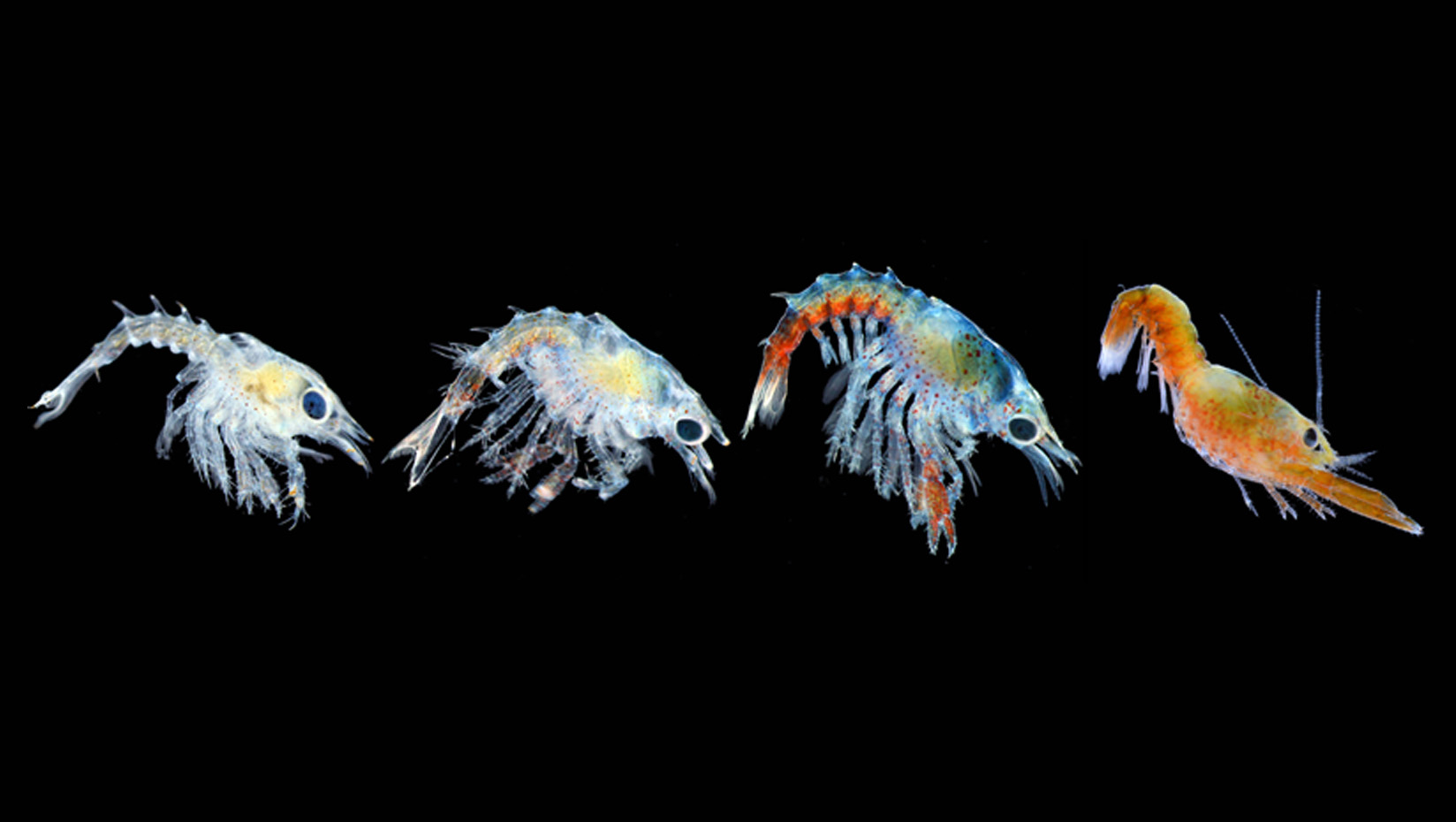
DMC, Bigelow study: Rising ocean temperatures threaten baby lobsters
If water temperatures in the Gulf of Maine rise a few degrees by end of the century, it could mean trouble for lobsters and the industry they support.
That’s according to newly published research conducted at the University of Maine Darling Marine Center and Bigelow Laboratory for Ocean Sciences.
The research is the only published study focused on how larvae of the American lobster will be affected by two aspects of climate change — ocean acidification and warming.
The study found that acidification had almost no effect on survival of young lobsters.
But lobster larvae reared in water 3 degrees Celsius higher in temperature, which is predicted by 2100 in the Gulf of Maine, struggled to survive compared to lobster larvae in water that matched current temperatures typical of the western Gulf of Maine.
“They developed twice as fast as they did in the current temperature of 16 C (61 F), and they had noticeably lower survival,” says Jesica Waller, a graduate student at the DMC and lead author of the study published this month in the “ICES Journal of Marine Science.”
“Really only a handful made it to the last larval stage,” says Waller. “We noticed it right from the start. We saw more dead larvae in the tank.”
Waller also found that acidification can cause changes in larval size and behavior.
“We recognized this could be really important to Maine and may help us understand the future of the lobster industry,” says Waller.
“But,” she cautions, “these short-term experiments don’t account for the possibility that lobster populations may adapt to changing conditions over many generations. We need to do much more research to understand that.”
“It’s critical to know how climate change will affect the future of our most important fishery,” says Rick Wahle, UMaine research professor, Waller’s co-adviser and co-author of the paper.
“Last year, Maine harvested nearly half a billion dollars in lobsters. With lobsters now comprising over 80 percent of the state’s overall fishery value, Maine’s coastal economy is perilously dependent on this single fishery. We only need to look to the die-offs south of Cape Cod to see how climate change is having an impact.”
Waller’s research began in early June 2015. For two weeks each morning at sunrise, she checked 10 egg-bearing female lobsters at the Darling Marine Center.
“They all began hatching at once,” says Waller, who scooped the peppercorn-size hatchlings out of the water with a net, put them in a container and took them to the Bigelow Laboratory for Ocean Sciences in nearby West Boothbay Harbor.
At Bigelow, Waller raised more than 3,000 lobster larvae, from the day they were hatched until the day they grew out of the larval stage, which takes about 30 days in current ocean conditions.
She took measurements daily for a month, assessing their survival rate, development time, length, weight, respiration rate, feeding rate and swimming speed.
“We wanted to do all different types of measurements to provide a basis for our own research and for future work,” she says.
Because of the lack of this type of research, before Waller could begin she had to figure out how to run the experiment. So in summer 2014 she conducted a small trial.
The biggest challenge was that baby lobsters like to eat each other. “The cannibalism was hard to understand at first,” she says. “We figured out how much space they needed and how much food they needed.”
Waller, from Sagamore, Massachusetts, is earning her master’s degree in marine biology at the University of Maine School of Marine Sciences and is based at the Darling Marine Center.
She became interested in the research in 2014 while working as a lab technician with co-adviser David Fields at Bigelow.
Fields, a senior research scientist, was doing similar experiments on copepods, a small crustacean that lives in the open ocean.
“How copepods respond to climate change has important consequences for local fisheries in the Gulf of Maine,” says Fields.
“Like the lobsters, copepods in the North Atlantic, have seen their populations move northward over the past three decades.”
Given the importance of lobsters to the local economy, Fields and Wahle mentioned how useful it would be if someone investigated possible effects of rising ocean temperatures and acidification on lobsters.
Waller decided to take it on, utilizing Fields’ ocean acidification system at Bigelow Laboratory and tapping into Wahle’s extensive knowledge about lobsters.
“It just seemed like such a huge gap in our knowledge given how important the lobster industry is to the U.S.,” says Waller, who won a 2016 Vizzies award for her photograph of a 3-week-old lobster larva that she took while conducting this research.
Contact: Melissa Wood, 207.563.8220
